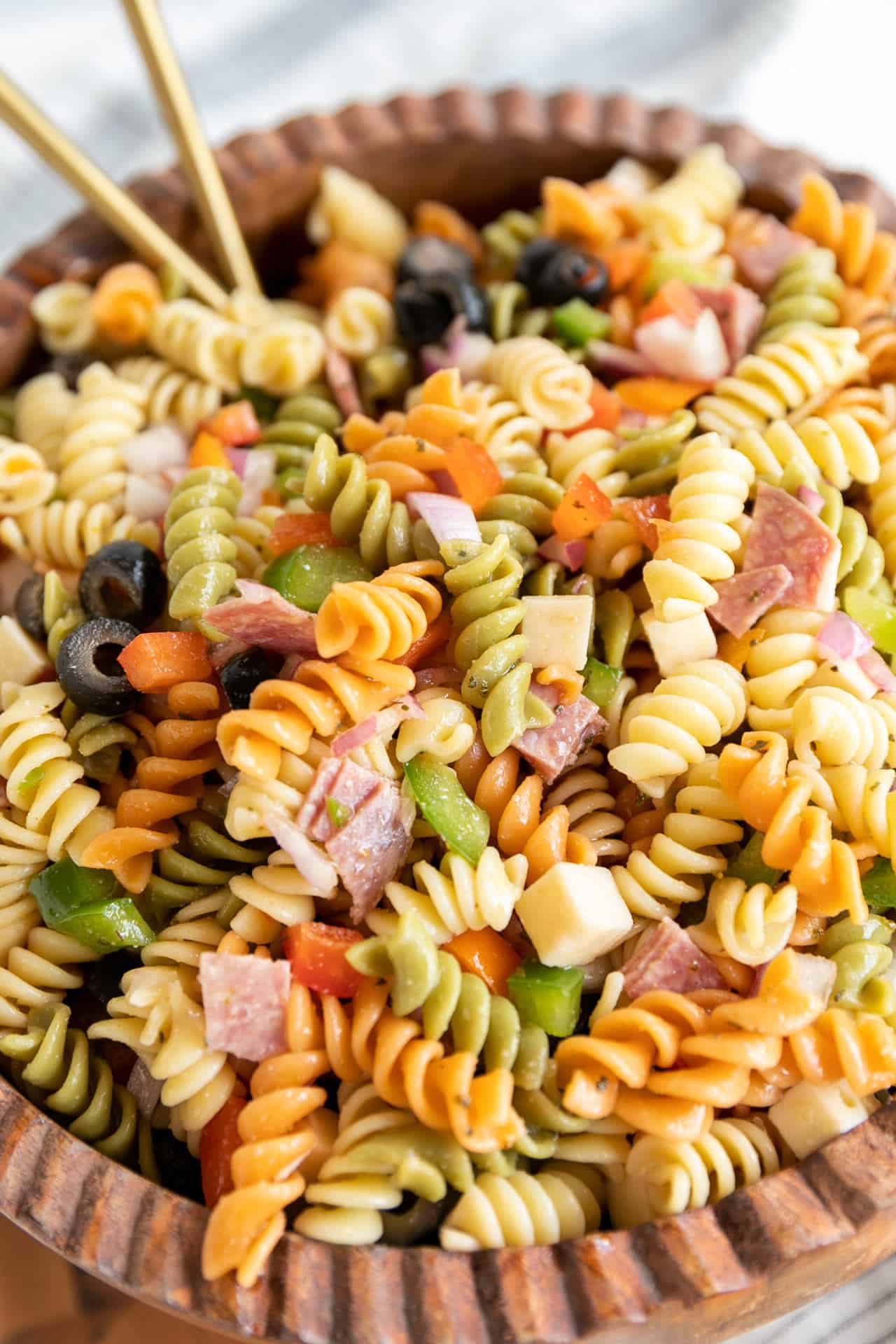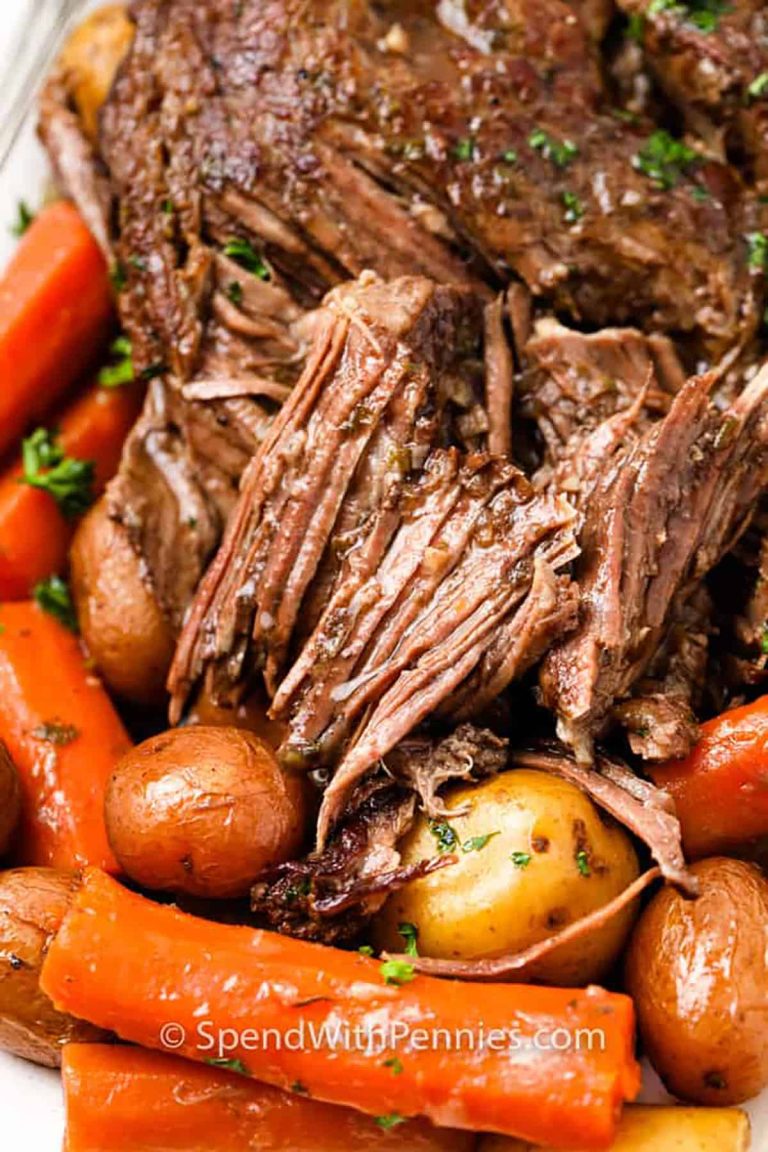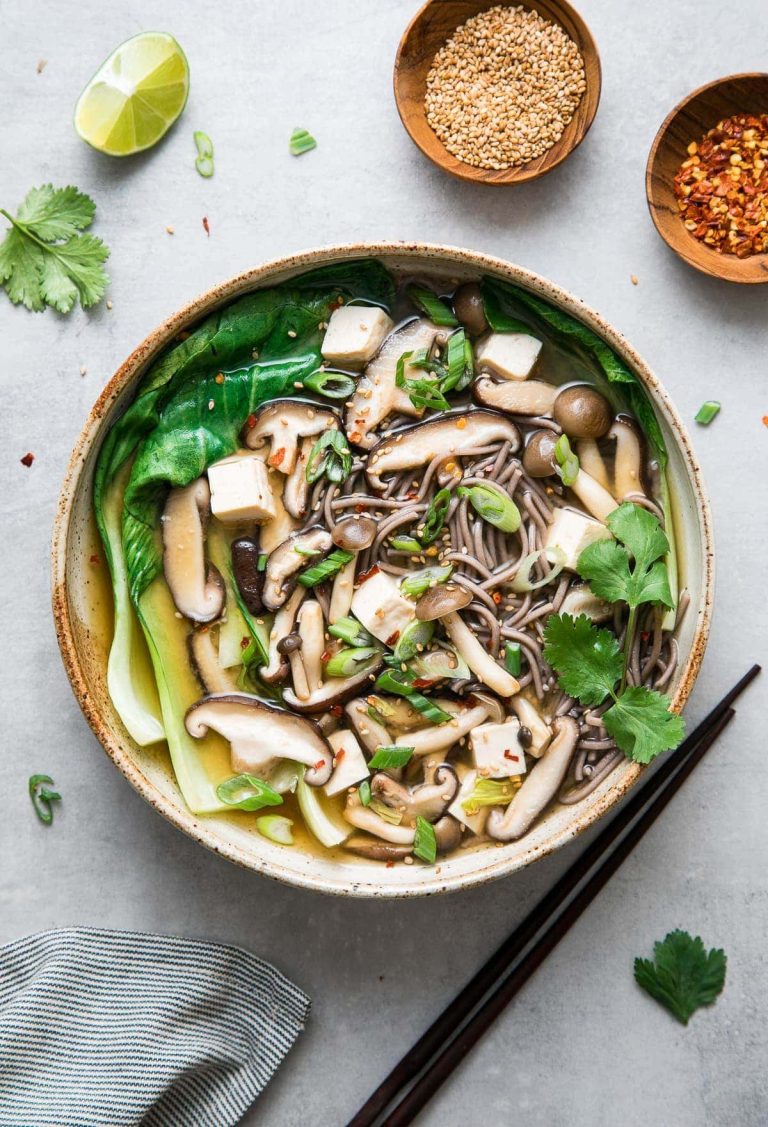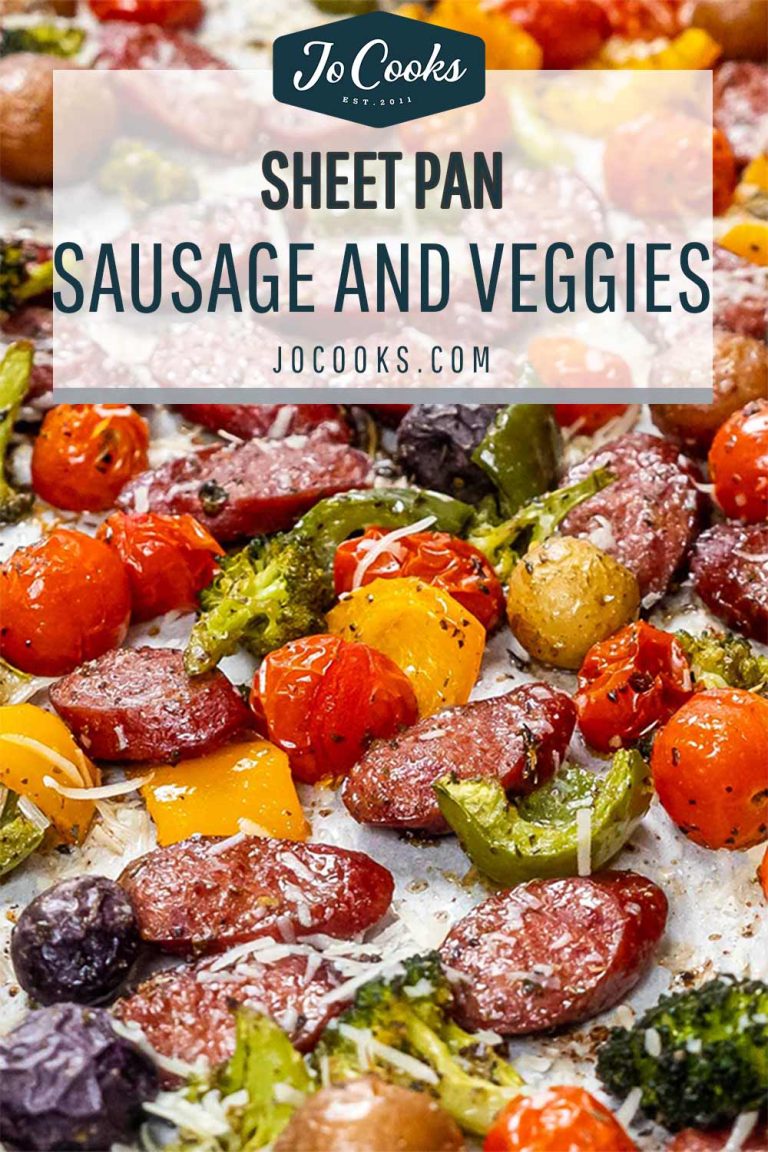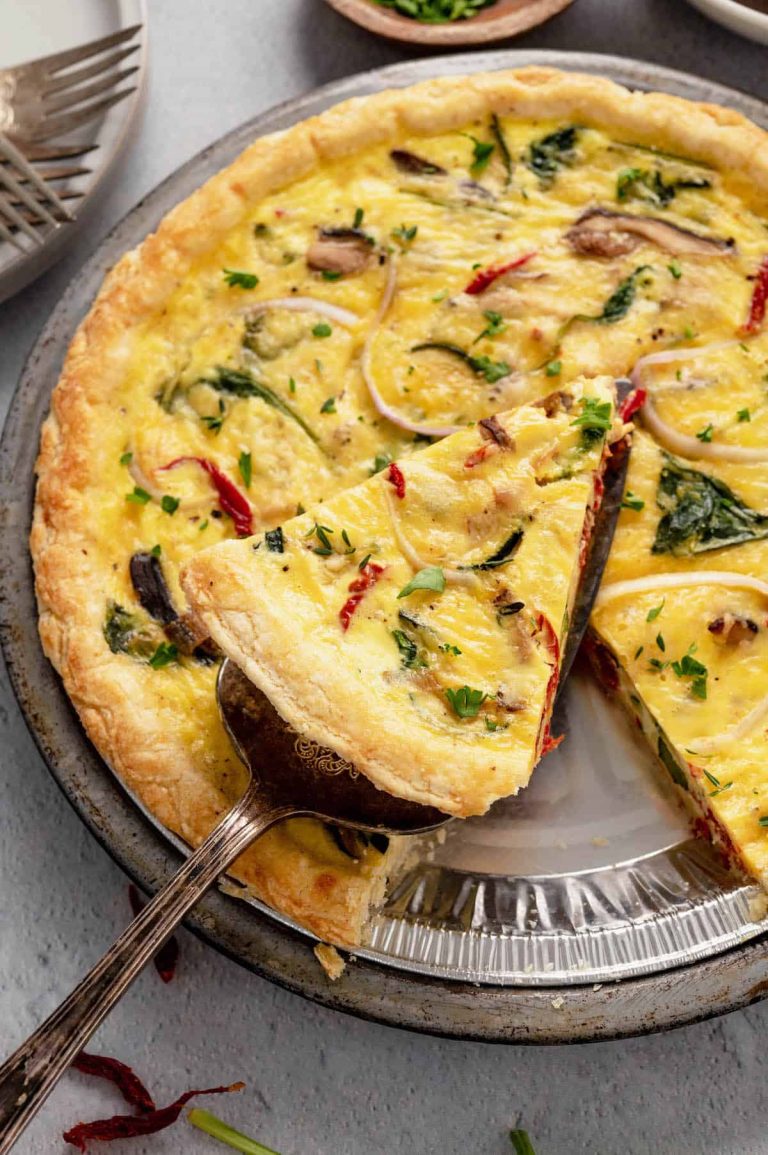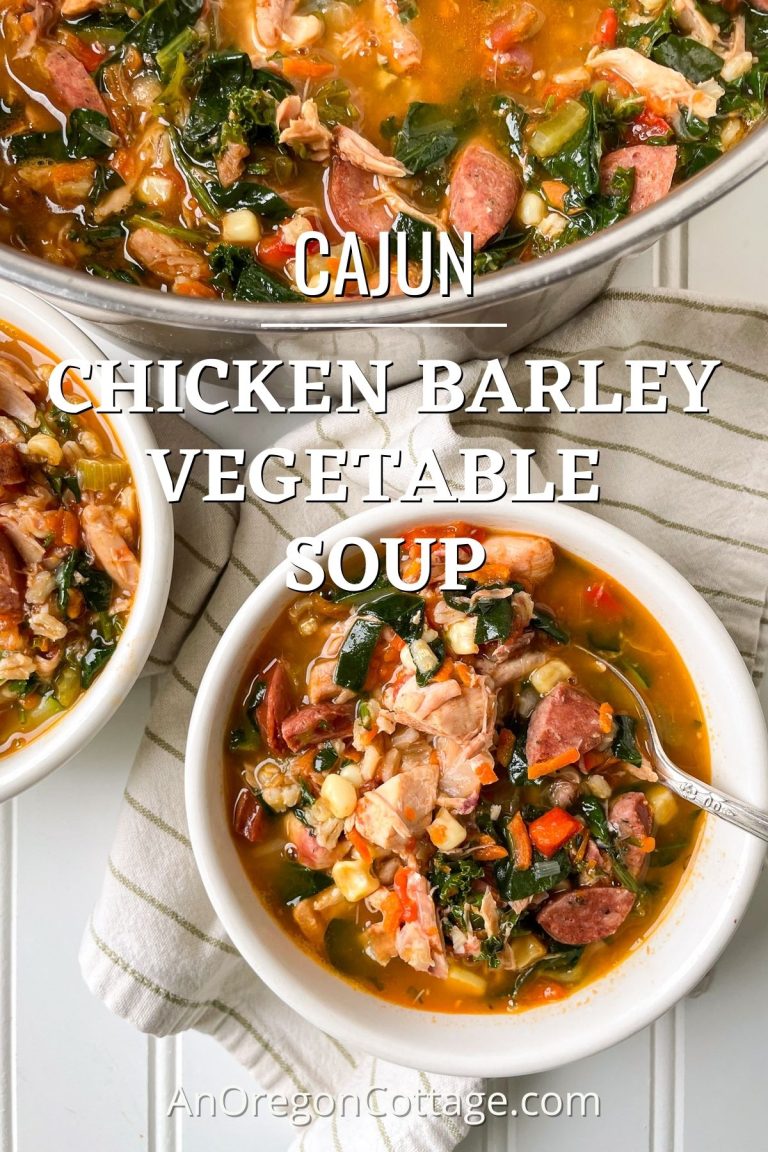Antipasto Pasta Salad: Ingredients, Nutrition, and Serving Tips
Antipasto, the traditional Italian first course, features a variety of flavorful ingredients. Originating from the term “ante pastum,” meaning “before the meal,” antipasto sets the stage for an Italian feast. This course traditionally includes cured meats (e.g., prosciutto, salami), cheeses (e.g., mozzarella, provolone), olives, marinated vegetables, and various pickled items. The concept emerged in the Renaissance, initially favored by the elite and eventually popularized across various social strata.
Key Ingredients in Antipasto Pasta Salad
Antipasto pasta salad merges these classic antipasto elements with pasta to create a cohesive dish. Essential ingredients include:
- Pasta: Choose bite-sized varieties like penne, rotini, or farfalle.
- Meats: Use chopped salami, pepperoni, or ham.
- Cheeses: Incorporate cubed mozzarella or provolone.
- Vegetables: Add cherry tomatoes, artichoke hearts, bell peppers, and olives.
- Marinades: Include items like olives, pepperoncini, and artichokes, often marinated in herbs and oil.
- Dressings: Combine olive oil, red wine vinegar, Italian herbs, and garlic for a zesty dressing.
Mix these ingredients with cooked, cooled pasta for a harmonious blend of flavors and textures.
How to Make Antipasto Pasta Salad
Choosing the Right Pasta
Select pasta that holds its shape well. Rotini, penne, or farfalle work best. Avoid delicate pastas that may fall apart when mixed with other ingredients. Cook pasta until al dente according to package instructions, then rinse with cold water to stop the cooking process.
Variety of Mix-Ins
Include a range of antipasto staples. Add meats like sliced salami or diced ham for savory notes. Combine cheeses such as mozzarella balls and provolone cubes for creaminess. Incorporate vegetables like cherry tomatoes, artichoke hearts, and olives for freshness and color. Don’t forget marinated items like roasted red peppers or pepperoncini to enhance flavor depth.
Dressing Options
Choose a zesty Italian dressing to tie everything together. Store-bought options provide convenience, but you can also make a homemade vinaigrette with olive oil, red wine vinegar, garlic, and Italian herbs. Toss the salad gently to coat all ingredients without crushing them.
Nutritional Information
Analyzing the Health Benefits
Antipasto pasta salad combines a variety of nutrient-rich ingredients, offering multiple health benefits. Vegetables like cherry tomatoes and artichoke hearts provide vitamins A and C, potassium, and fiber. These nutrients support immune function and digestive health. Meats such as salami and ham contribute protein and essential minerals like iron and zinc. Cheese varieties, including mozzarella and provolone, supply calcium and additional protein, promoting bone health.
Including marinated vegetables and olives adds healthy fats, specifically monounsaturated fats, beneficial for heart health. The zesty Italian dressing often contains olive oil, further enhancing the salad’s heart-healthy profile. When chosen carefully, these components create a balanced meal, rich in vital nutrients.
Calorie and Macronutrient Breakdown
An antipasto pasta salad typically contains diverse ingredients, leading to a rich nutrient profile. Here’s a breakdown based on a standard serving size (1 cup or 240g):
| Component | Amount (per serving) |
|---|---|
| Calories | 300-350 kcal |
| Protein | 15-20 g |
| Carbohydrates | 30-35 g |
| Dietary Fiber | 3-5 g |
| Total Fat | 15-18 g |
| Saturated Fat | 4-6 g |
| Sugar | 4-6 g |
Calories in the salad mainly come from pasta, meats, and cheeses. Protein content largely derives from meats and cheeses, supporting muscle maintenance and repair. Carbohydrates, sourced from pasta and vegetables, provide energy. Dietary fiber ensures proper digestion and a healthy metabolism. Total fats, particularly from cheeses and marinated items, deliver essential fatty acids and contribute to satiety.
By focusing on portion control and ingredient selection, you can tailor the antipasto pasta salad to suit specific dietary goals and preferences.
Serving Suggestions
Occasions and Pairings
Serve antipasto pasta salad at various events like family gatherings, barbecues, and potlucks. It’s versatile and appeals to diverse palates. Pair it with Italian dishes, grilled meats, or fresh bread. For a balanced meal, include sides like roasted vegetables, garlic bread, or a simple green salad. Complement it with beverages like white wine, lemonade, or iced tea.
Tips for Presentation
Enhance the antipasto pasta salad visually and elevate its appeal. Use a large, shallow serving bowl for better ingredient distribution. Garnish with fresh basil leaves, cherry tomatoes, or sliced olives. Arrange toppings like rolled meats, cheese chunks, or artichoke hearts artistically. Serve with tongs or a large spoon to maintain ingredient integrity during serving. For individual portions, use small cups or bowls, perfect for buffets or picnics.
Conclusion
Creating an antipasto pasta salad is a delightful way to bring Italian flavors to your table. This versatile dish offers a balanced mix of proteins, healthy fats, and vibrant vegetables, making it both nutritious and satisfying. Perfect for any occasion, it pairs wonderfully with a variety of main courses and beverages. By customizing ingredients to suit your dietary preferences and enhancing the presentation, you can make this salad a standout addition to your culinary repertoire. Enjoy the rich, zesty experience of antipasto pasta salad and elevate your mealtime gatherings.
